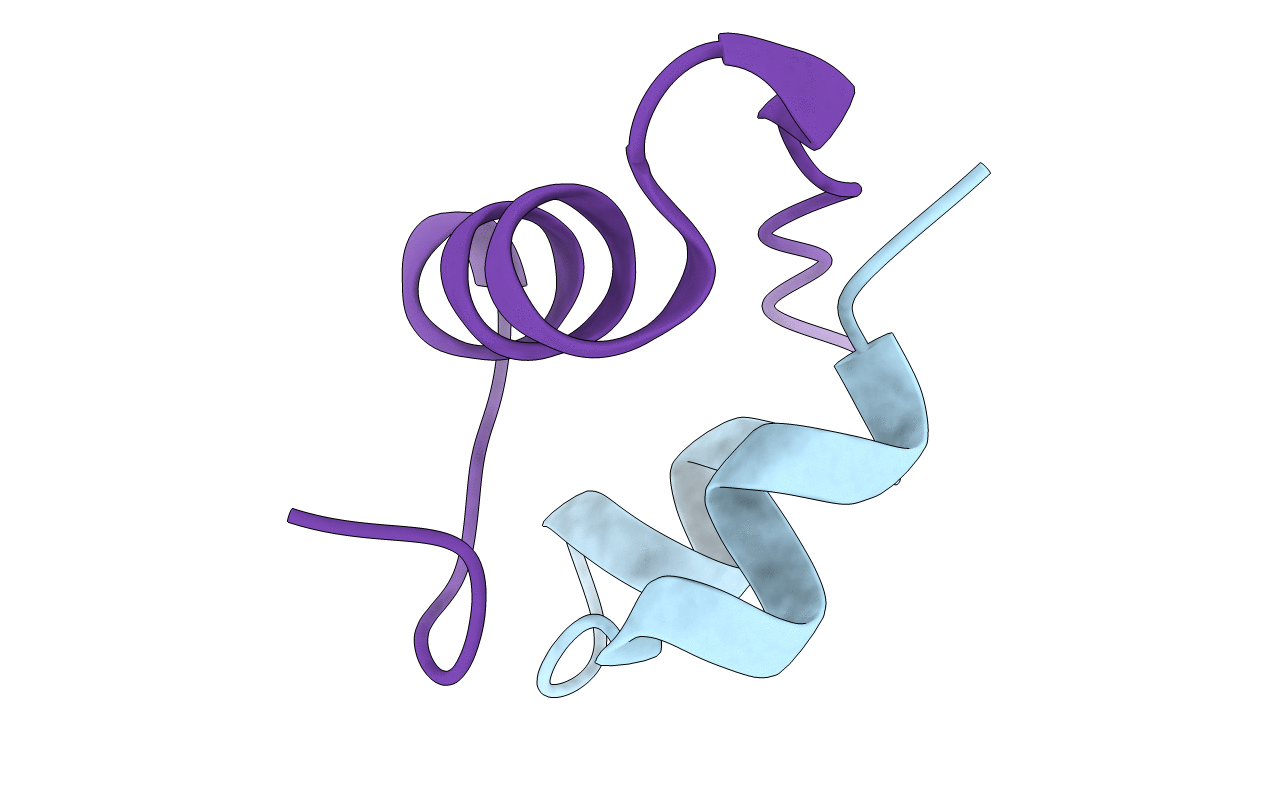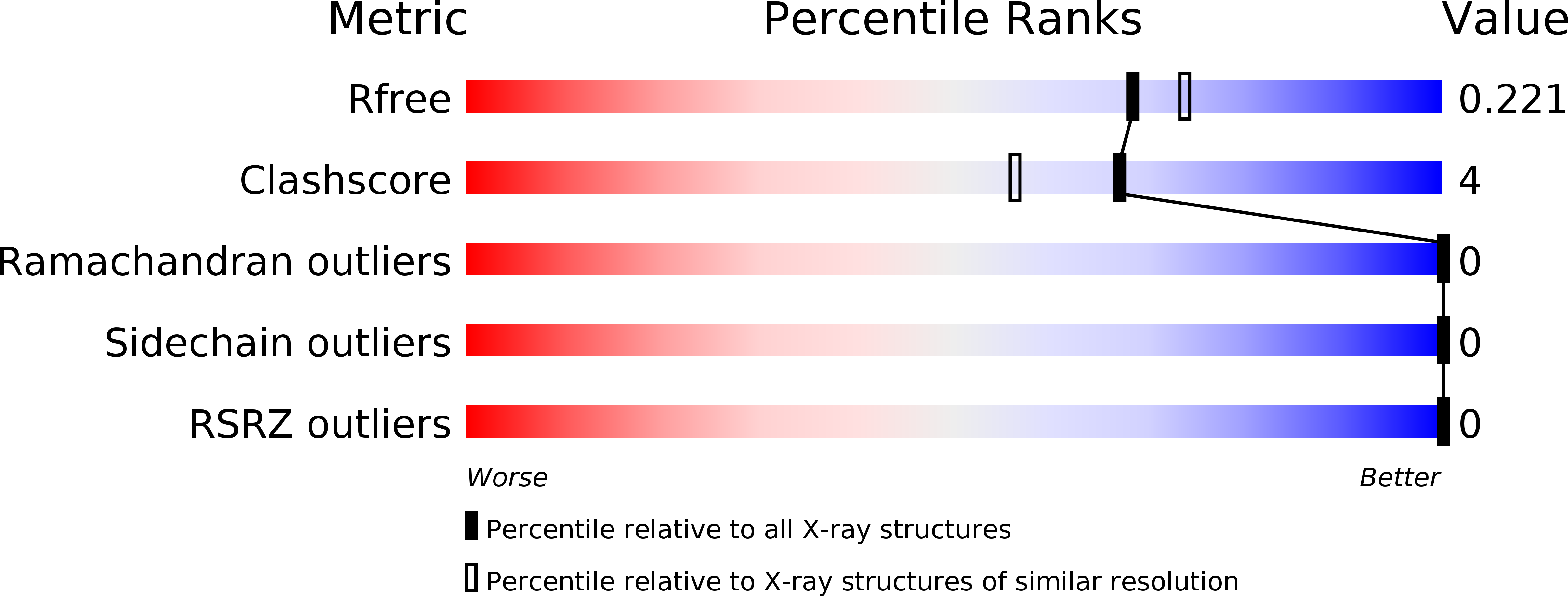
Deposition Date
2011-10-10
Release Date
2012-04-11
Last Version Date
2024-11-27
Method Details:
Experimental Method:
Resolution:
1.98 Å
R-Value Free:
0.21
R-Value Work:
0.16
R-Value Observed:
0.16
Space Group:
I 21 3


